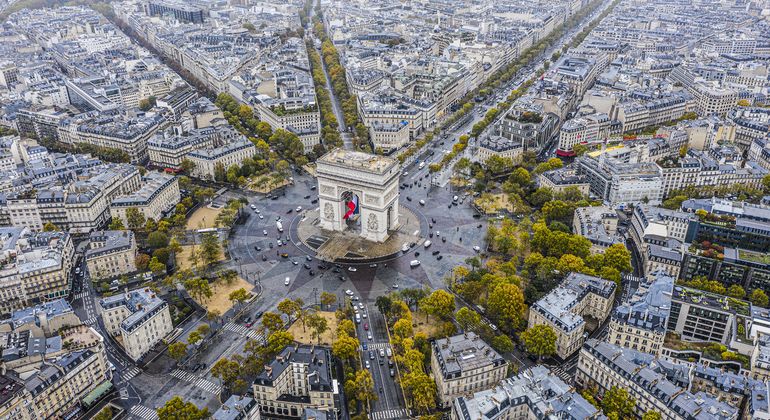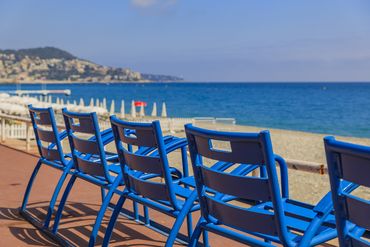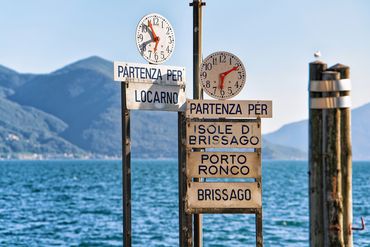For IP professionals
This is the portal for professionals working in the field of intellectual property. Here you'll find direct access to all necessary resources.
Quick links
Paris, j’aime ta convention !
Walking through the Swiss Federal Institute of Intellectual Property (IPI), you could be forgiven for thinking you’re on a short trip around Europe. The meeting rooms are named after cities, such as Paris, Munich and The Hague. But there’s more to the names of these gathering spots than just destinations for upcoming holidays. One of the most important international agreements on intellectual property law was signed in the most densely populated major city in Europe 140 years ago. Paris is known for the Eiffel Tower, UNESCO, love, and last but not least the Paris Convention.

The Paris Convention for the Protection of Industrial Property begins with the ceremonial French words: “Sa majesté le roi des Belges, sa majesté l’empereur du Brésil...” A total of 19 articles were drafted in the same high-flown language and signed by the eleven founding states in 1883. Today, 179 countries are party to the agreement, which was one of the first international treaties in the field of intellectual property law.
The Paris Convention applies to industrial property, which includes patents, trade marks, designs, utility models, service marks, trade names, geographical indications and the repression of unfair competition. The term ‘industrial property’ doesn’t only refer to commerce and trade as such here: it also concerns agriculture, the extraction of mineral resources and all manufactured and natural products.
The most important provision of the Paris Convention is the right of priority. When an application to protect an invention is filed in Switzerland or in another member state of the Paris Convention or the World Trade Organization (WTO), the priority period starts. The applicant then has twelve months to file the same invention for patent protection in other countries and claim the date for the examination of novelty. For trade marks and designs, however, the priority right expires six months after filing.
The Swissness Enforcement association, which has its office at the IPI, is an excellent example of how the Paris Convention is applied in practice. The aim of the public-private partnership is to effectively combat the misuse of Swiss indications of source abroad.
Paris, j’aime ta convention !




